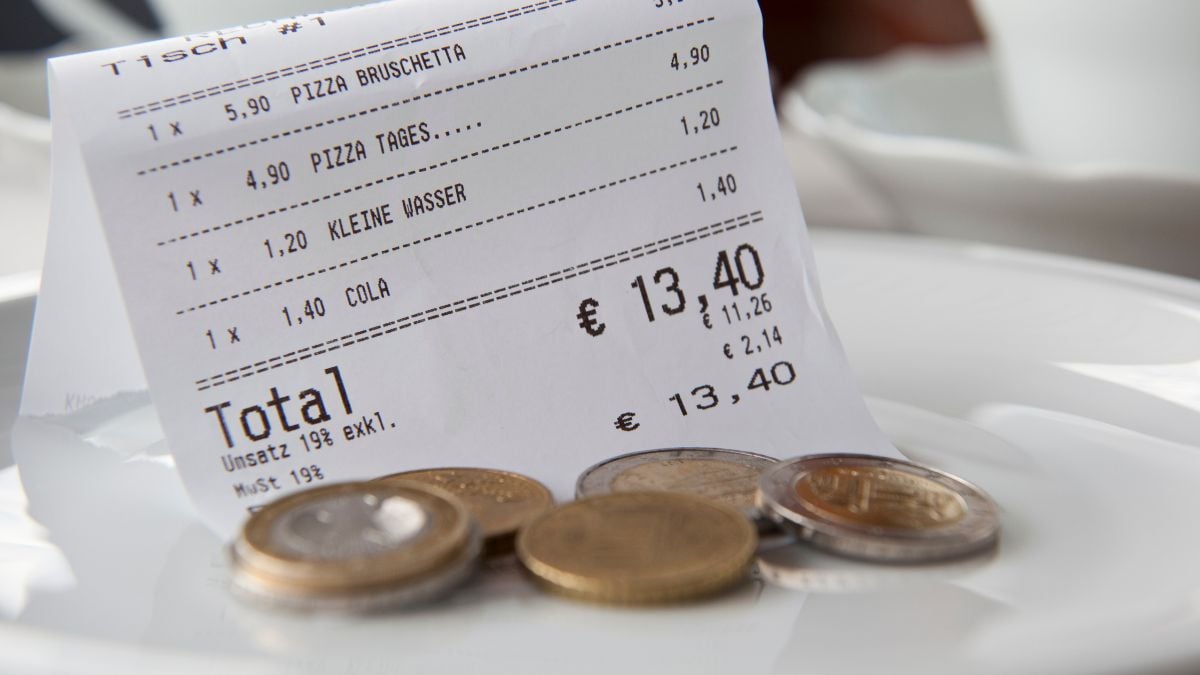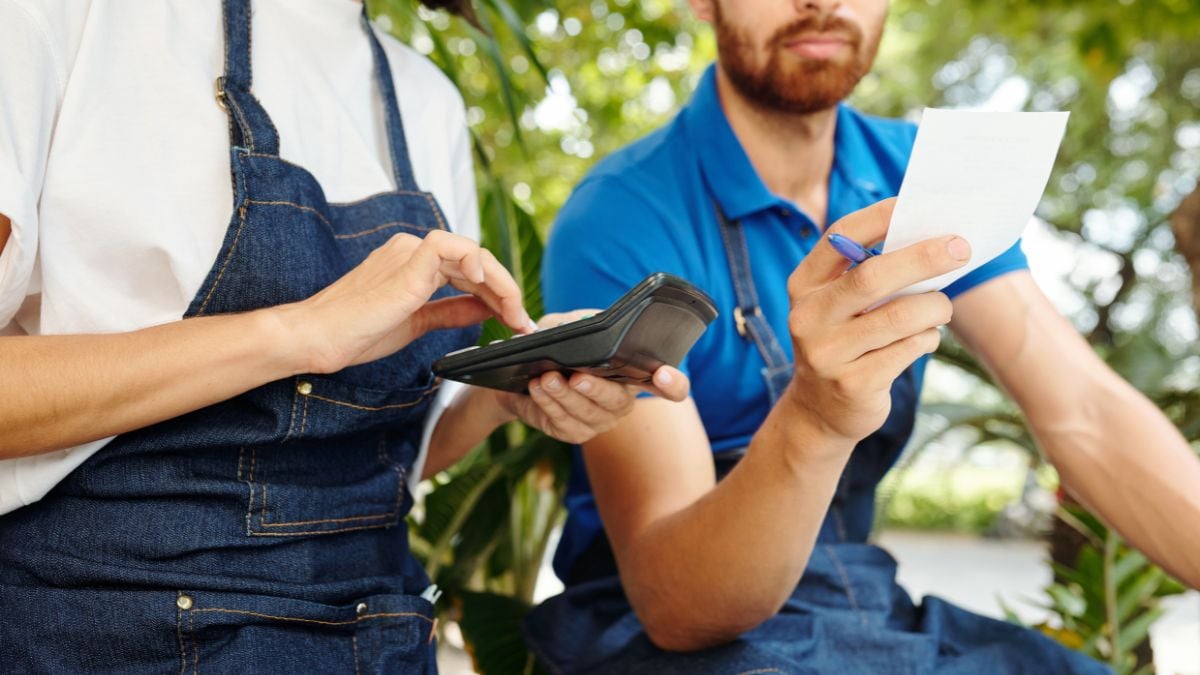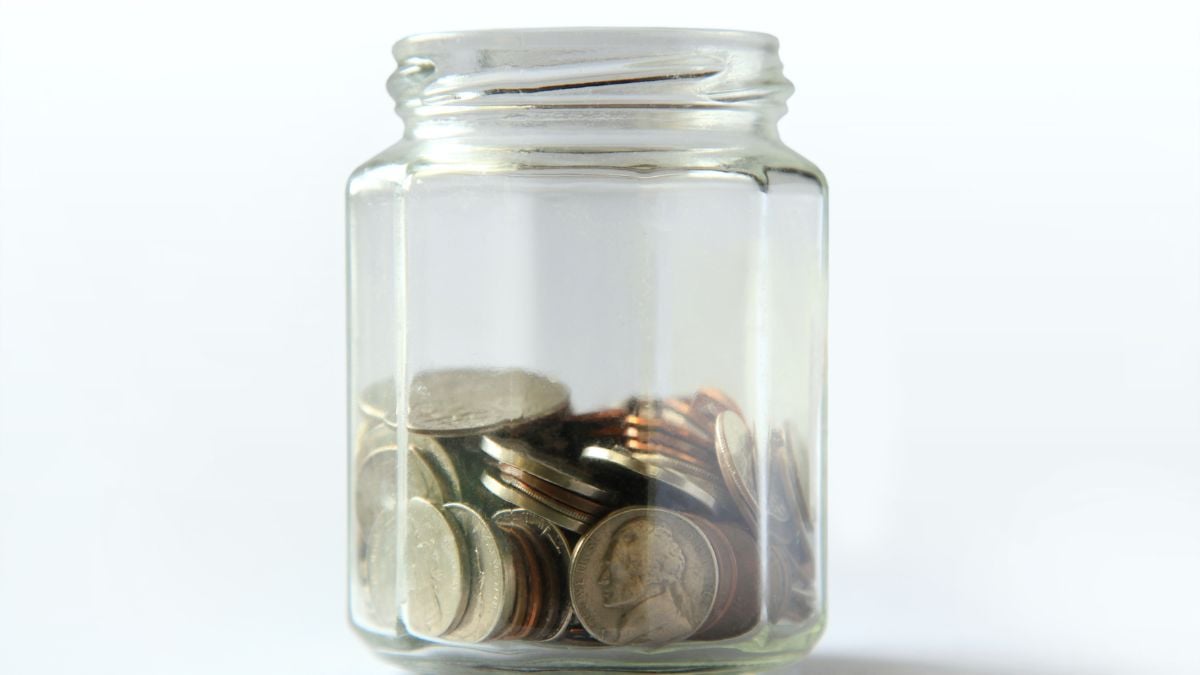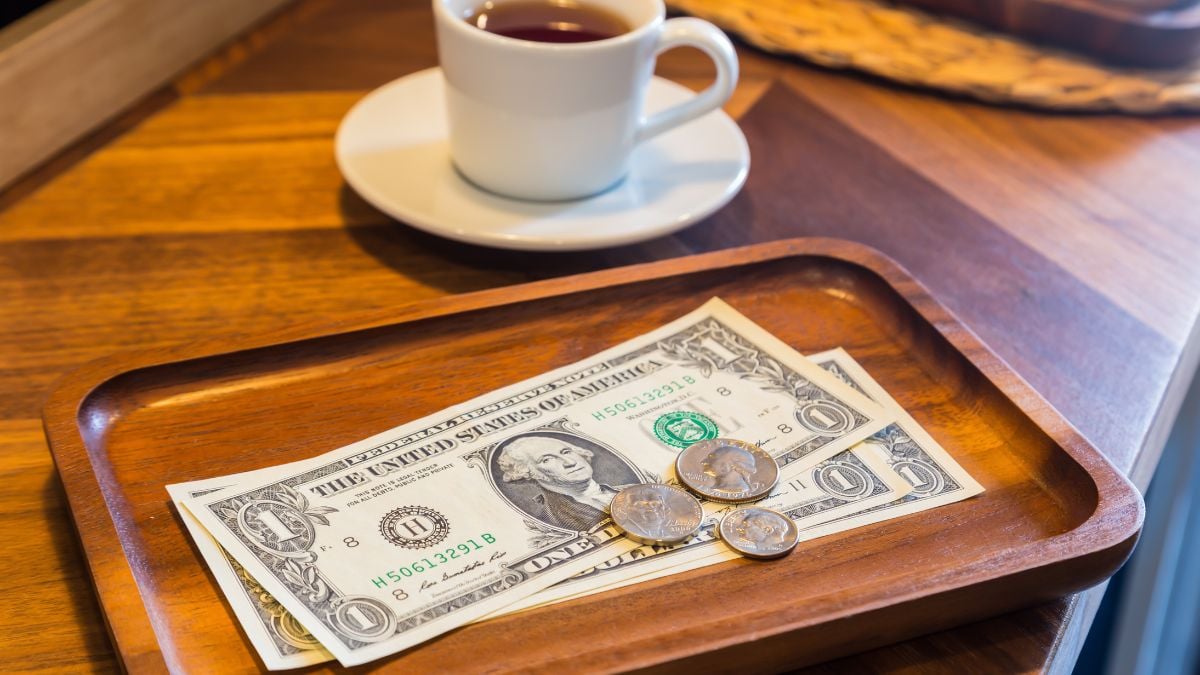
Tipping isn’t just about spare change—it’s a cultural lightning rod. According to a YouGov study, Americans and Europeans treat tipping very differently, from how much they give to why they tip at all. While many Americans leave money behind no matter the service, most Europeans won’t tip unless it’s truly deserved. Let’s break down the surprising ways these two regions handle gratuity—and why it’s such a big deal.
Tipping Is a Must in the U.S.

In the U.S., tipping is baked into dining culture. Seventy-seven percent of American diners say they typically tip restaurant staff. Germans come in just ahead at 78%, while Brits follow at 59%. In countries like France, Italy, and Denmark, far fewer people leave tips by default.
Europeans Tip Less and Less Often

In countries like Denmark and Italy, tipping is more of a “maybe” than a rule. Just 24% of Danes and 27% of Italians usually tip their servers. And about a third say they never tip at all. In contrast, tipping in the U.S. is nearly automatic, even when service is mediocre.
Americans Tip for More Than Just Restaurants

Tipping habits go beyond dining. Americans often tip hairdressers, bar staff, taxi drivers, and even Uber and food delivery workers. Europeans? Not so much. Danes rank consistently low across every service category surveyed.
Everyone Claims to Tip for Good Service

Despite different habits, most Americans and Europeans agree on why they tip: to reward good service. That’s true for 56% of Americans and as high as 71% in Denmark. Social pressure and concern for low wages also factor in—but mainly for Americans, French, and Italians.
Americans Still Tip for Bad Service

Here’s where it gets wild: 1 in 5 Americans say they’ve tipped even after terrible restaurant service. Only 32% say they never tip when service is bad. In Europe, 57–78% won’t leave a dime for poor service. For Europeans, bad service means no tip—period.
Even ‘Poor’ Service Gets a Tip in the U.S.

Twenty-eight percent of American tippers say they’ll still leave money after getting poor service. Europeans? Just 2–8% say the same. For Americans, tipping has become expected—no matter how the experience goes.
Average Service Splits the Cultures

Sixty percent of Americans tip “most of the time” for average service. But in Europe, that generosity fades. Just 3% of Spanish diners tip for average service, compared to 28% in Germany. Europeans are far more selective when service is just okay.
Good Service Gets a Tip Almost Everywhere

When service is good, tipping becomes more consistent. About 80% of Americans and Germans tip in this case. Two-thirds of Brits do too, along with about half of French, Italians, and Danes. But again, Americans are more likely to tip every time, not just most.
Exceptional Service Brings Generous Tips

At the top tier of service, most diners across the board agree: it’s time to tip. Around 81% of Americans and 84% of Germans and Britons tip for exceptional service. Even in countries with lower tipping norms, like Spain and Sweden, over 70% still leave a little extra.
Europeans Tip Smaller Amounts

In Europe, 5–10% is the standard tip—if you tip at all. Spaniards, French, and Italians lean toward 5%, while Brits and Germans usually go for 10%. More than that is rare. In the U.S., though, 67% say they tip over 10%, with 20% being the most common amount.
Americans Tip Bigger and More Often

Americans don’t just tip more often—they tip more money, too. One in four says 20% is their go-to, and another 18% tip 15% or 10%. Compared to Europe’s modest tipping range, American tips are consistently higher and more expected—even when service is questionable.

